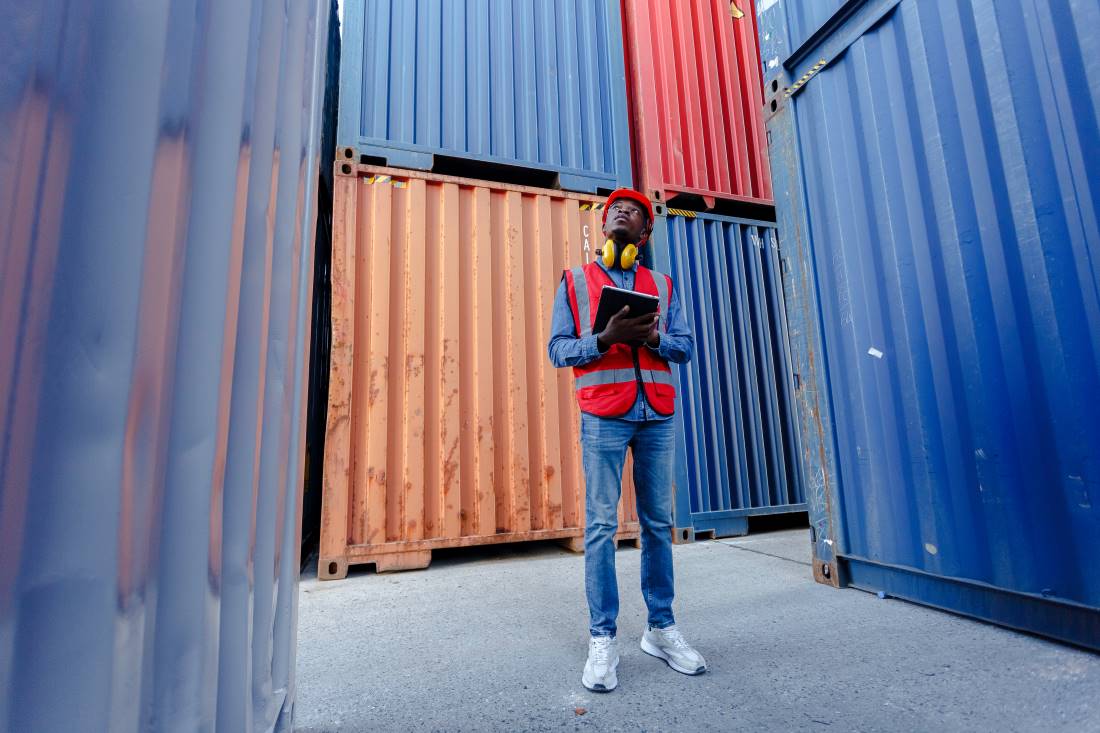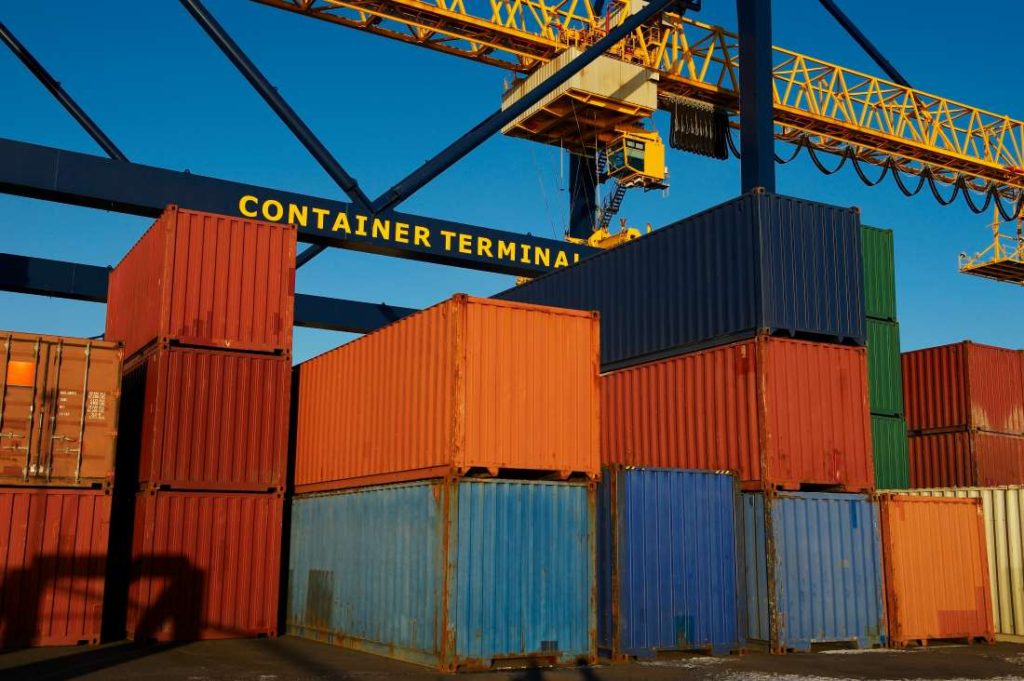
In January of 2022, California’s Los Angeles and Long Beach ports—the largest container import gateway in the US—had an offshore traffic jam of an entirely new scale. The cargo ship backup was staggering, with over 150 container vessels being forced to idle in a seemingly endless queue off the California coastline.
The spectacle was a logistical nightmare from port management up to the White House. In response, they scrambled to address the root issues of the bottleneck, including a shortage of trucks, drivers, and equipment, limited port capacity, and overwhelming demand for imported consumer products.
This wasn’t just an isolated case but a prime example of the inherent flaws within the port systems. While these disruptions have died down from the peak in 2022, they haven’t gone away entirely. The Governor’s Office released the California Supply Chain Success Initiative Summary Report to address these latent issues. There were the proposed steps to relieve the threat of supply chain disruptions.
Port Challenges
While California’s ports face several challenges, the report highlights the most significant hurdles plaguing them, including:
Congestion
Congestion within the port system is the most glaring issue ports face today.
A significant contributor to this has been the surge in global trade volumes which has overwhelmed the current infrastructure’s ability to accommodate this growth, thereby leading to considerable delays and inefficiencies.
Furthermore, limited port capacity can force operators to use trucks or empty containers for additional cargo storage, only escalating ongoing equipment and container shortages.
Naturally, such actions can create a ripple effect that significantly delays moving freight to warehouses, distribution, and fulfillment centers. The longer a container is used as temporary storage for excess goods, the more time is lost in using it for its intended purpose: carrying more cargo.
Imbalance of Import and Export Containers
With globalization and evolving consumer demands, import volumes at the California ports have far exceeded exports.
The American consumer’s demand for imported goods, coupled with the growth of eCommerce, has intensified this discrepancy, leading to an accumulation of empty containers that have become a logistical hurdle in and of itself.
After a container’s cargo is discharged, it should ideally be filled with exports for its return journey. However, uneven trade volumes mean there are simply not enough export goods to fill all these containers.
That means these empty containers take up valuable space within the port that could otherwise be used for incoming shipments, intensifying the congestion issue.
Global Events and Disruptions
COVID-19, the Suez Canal Blockage, and the war in Ukraine are just a few of the recent global events that imposed additional burdens on already stressed ports of operation. But, as the report notes, these aren’t the sole reasons the supply chains are under duress. They “merely accelerated and exacerbated trends well underway.”
While these global events undeniably contribute to the strain on port operations and the broader supply chain, they simply spotlight the inherent flaws of the system.

How California Is Responding
California is well aware of these existing problems and the urgent need to address them before another supply chain catastrophe can arise. So, California has focused on three key responses:
#1 Resilience and Efficiency
California understands the necessity of enhancing port resilience and efficiency to navigate the ebbs and flows of global trade and ensure that the ports can weather any unforeseen disruptions. Resilience is vital in allowing the port system to adapt and quickly recover from shocks. This involves:
- Investing in physical infrastructure to manage larger volumes of cargo
- Enhancing terminal management and technology
- Increasing or shifting hours of operation to reduce congestion
California is also working to boost operational efficiency. A more efficient port system can accelerate cargo movement and minimize congestion. This involves streamlining processes, optimizing the use of assets, and improving coordination among various entities involved in port operations.
#2 Collaboration and Coordination
The complex and interconnected nature of the supply chain demands cohesive collaboration and coordination among all relevant stakeholders. California acknowledges this need and is actively fostering an environment that encourages shared goals and mutual cooperation.
The collaboration extends beyond the ports. It includes:
- Government agencies responsible for regulations and funding
- Private sector stakeholders like shipping companies and terminal operators
- Training centers, community colleges, and apprentice programs designed to expand workforce development
By working together, they aim to tackle shared challenges and drive forward collective solutions to enhance the effectiveness of port operations.
#3 Leveraging Technology and Innovation
In an era of digital revolution, technology and innovation are crucial tools to address port challenges. Recognizing this, California is eager to embrace technological advancements to bolster port operations.
From modernized systems that support integrations, automation, and other operational improvements to data analytics platforms that can provide insightful trends for better decision-making, such as Tideworks’ TOS, the possibilities are vast.
Digital platforms also enable near real-time tracking of cargo and improve communication and coordination across the supply chain. By leveraging these technologies, California aims to transform its port operations into a more streamlined, efficient, and transparent system.
Managing Supply Chains with Tideworks
In an era of global connectivity, the supply chain problem won’t magically disappear. A series of global events strained the system to its limits, and in the process, many of its inherent flaws were exposed.
Corrective actions such as the California Supply Chain Success Initiative are a good first step in the right direction, but only a step. There’s still much to do.
Tideworks’ terminal operating systems help you proactively address many of the root congestion problems and constraints that disrupt California’s supply chains and beyond.
Whether it’s gaining visibility into enterprise data, real-time graphical planning and execution systems, or advanced integrations, Tideworks terminal operating systems are designed to address both your current and future needs.
Want to discover more? Schedule a consultation today.
